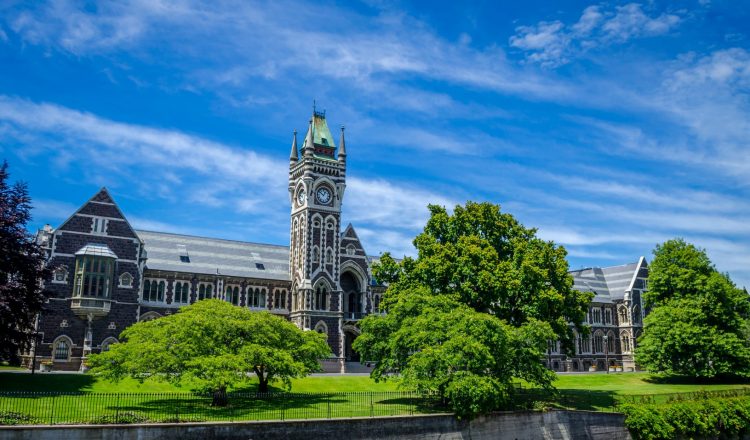工作和学习
你持学生签证在新西兰的时间必须是为了学习。你可能被允许兼职工作,但你需要知道一些规则。如果你想在毕业后留在新西兰工作,你需要合适的签证才能这样做。
正在处理学生签证
在所有规定的假期和/或圣诞节和新年假期间,您可以每周兼职工作最多 20 个小时,全职工作。
检查你的签证标签
如果你被允许工作,你的工作权利将记录在你的电子签证或护照上的签证标签上,或者在信中向你解释。
如果你在不允许工作的情况下工作,你将违反签证条件。如果发生这种情况,你可能必须离开新西兰。如果您对自己的工作权利有疑问,请联系新西兰移民局。
中学生
在下列情况下,您可以在学年内每周工作最多 20 小时;在圣诞节和新年假期期间,您可以在以下情况下工作:
- 你是 16 岁或以上,以及
在
- 12 年或 13 年学习。
注意: 如果您未满 18 岁,则必须获得学校以及父母或法定监护人的书面许可才能工作。如果你年满 18 岁,你不需要书面许可。
中学生实践经验
如果实际经验是课程要求,你可以工作,满足在新西兰学习课程的实际经验要求。
兼职工作(大专学生)
如果您正在接受以下任何一项全日制学习,则每周最多可工作 20 个小时:
- 至少持续 2 年;
- 获得在技术移民类别下获得积分的新西兰资格;
- 在坎特伯雷的一家教育机构参加新西兰资格框架中至少 1 个学年的 4 级或更高级别的基础课程。
全日制工作(高等学生)
你可能能够全职工作:
- 在预定的学习休息期间,如果你正在全日制学习至少 1 个学年,并且你的课程价值超过 120 个学分
- 在圣诞节和新年假期期间,如果你正在全日制学习并且你的课程价值 120 个学分或更多。
- 研究生的博士和硕士
- 如果你是通过新西兰高等院校颁发的研究或博士学位课程注册的硕士学位课程,那么你可以工作的时间没有限制。
兼职工作(英语学生)
如果您的课程满足特定条件,您可以在持有有效的学生签证的情况下每周工作 20 小时。
课程 6 个月及更长时间-如果以下所有条件都适用,您可以兼职工作:
- 你的学习是全日制的
- 你的学习课程 6 个月或更长时间
- 我们相信你学习的主要目的是提高你的英语水平
- 你有一个国际英语语言测试系统证书,整体乐队分数为 5.0,但不超过 2 年-你需要在申请中提供此证书。
课程 14 周及更长时间:如果以下所有条件都适用,您可以兼职工作:
- 你的学习是全日制的
- 你的学习至少连续 14 周
- 你在学英语
- 你的学习是在大学或高质量的教育提供者处理的。
较短的课程
当新西兰移民局评估你是否有资格获得工作权利时,他们将查看你以前在学生签证上所做的任何英语学习。如果出现以下情况,他们能否将你之前的英语学习计算在 14 周内:
- 你的新研究是你之前的研究
这
- 项研究是在同一个教育机构进行的。
你不能做的工作
国际学生不得自雇。你必须为雇主工作并签订雇佣协议。
你不能提供商业性性服务。这意味着你不能:
欲了解更多信息,请访问:https://www.immigration.govt.nz/new-zealand-visas

















































